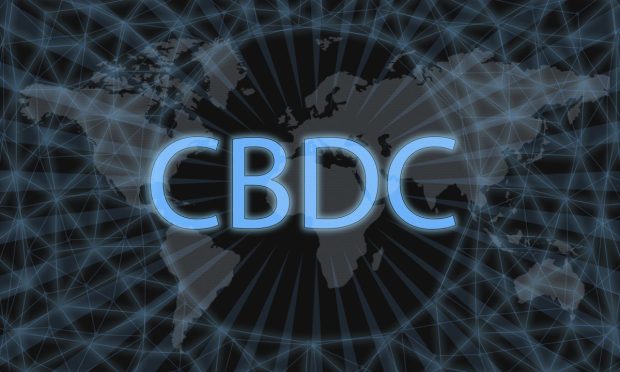India’s Mulling of CBDC Spotlights US Digital Dollar Lag

Around the world, major economies have been moving, in some cases quickly, to embrace and launch central bank digital currencies (CBDCs).
And yet, the United States, relatively speaking, lags the pack.
News came this past week that India is moving ahead to explore its version of the CBDC, even while it eschews cryptocurrencies issued by private players.
As reported by AMB Crypto, Subhash Chandra Garg, former finance secretary of India, was quoted as stating that “private cryptocurrencies hurt government revenues in a way… the return on investments that the crypto platforms can make from the currency delivered to them is not accrued to the government. Once the official digital currency comes in, most of the private cryptos and stablecoins will disappear.”
And against that backdrop, the Cryptocurrency and Regulation of Official Digital Currency Bill 2021 may be taken up in the next few months by the country’s parliament. Separately, in an interview with the Hindustan Times, Finance Minister Nirmala Sitharaman said of cryptos like bitcoin — with a nod to El Salvador — that “you’d think common people don’t care about digital currency; but the public took to the streets against the move. It’s not a question of literacy or understanding. It’s also a question of to what extent this is a transparent currency; is it going to be a currency available for everyone … there are other countries that are talking about the central bank having a legitimate cryptocurrency. That could be a possibility.”
The signs point, then, to cryptos being edged out in India and for CBDCs to be taken seriously.
See also: Bahamas Central Bank Advances Release of Digital Currency
As has been well-documented, China is the large front runner in coming to launch with its version of the digital yuan. China is gearing up to roll out its national digital currency early next year at the 2022 Winter Olympics, having already conducted a number of trials.
Read Here: China Seeks Gold Medal for Digital Yuan Rollout Ahead of Winter Olympics
The People’s Bank of China has written in a paper that the digital yuan, at a high level, is envisioned as “a value-based, quasi-account-based and account-based hybrid payment instrument, with legal tender status and loosely-coupled account linkage.”
That verbiage leads us to wonder how the U.S. would envision a CBDC; observers have been eagerly awaiting a detailed analysis of the feasibility of such an offering in the form of a white paper. But the paper was slated to be released over the summer — and of course, we are well past that timeframe.
There may still be debate brewing over some of the most basic functionality.
As reported late last month by PYMNTS, former Boston Federal Reserve President Eric Rosengren said that blockchain will not underpin a digital dollar.
Blockchain is being ruled out “because we want to have sufficient throughput and speed of transactions,” adding that, “the distributed ledger is not as effective a mechanism for meeting kind of the operational needs that we think we will need.” Jim Cunha, senior vice president of secure payments and FinTech at the Boston Fed, told Karen Webster that throughput and resiliency are among the key issues under consideration.
Read Here: Boston Fed’s Cunha On Building A Payments Network For The ‘Next 100 Years’
But a hint of the divergent opinions tied to a CBDC may be spotlighted by recent comments by former Federal Reserve Vice Chair for Supervision Randal K. Quarles. He called the global rush to roll out central bank digital currencies (CBDC) akin to the 1980s parachute pants fad and FOMO, or the “fear of missing out.”
As he said earlier this year. “Before we get carried away with the novelty, I think we need to subject the promises of a CBDC to a careful critical analysis,” he said in his remarks to a banking confab. We note that banks might be wary of a move by consumers and institutions to move to new CBDC holdings and away from traditional bank deposits. The devil is in the details, goes the saying, and the details have yet to be divulged.
